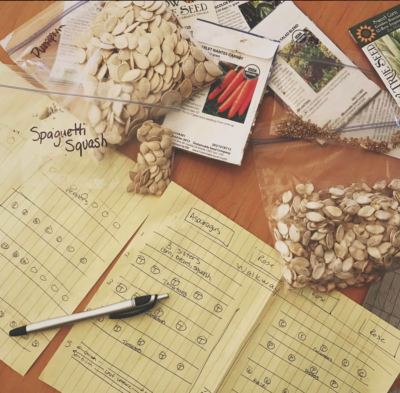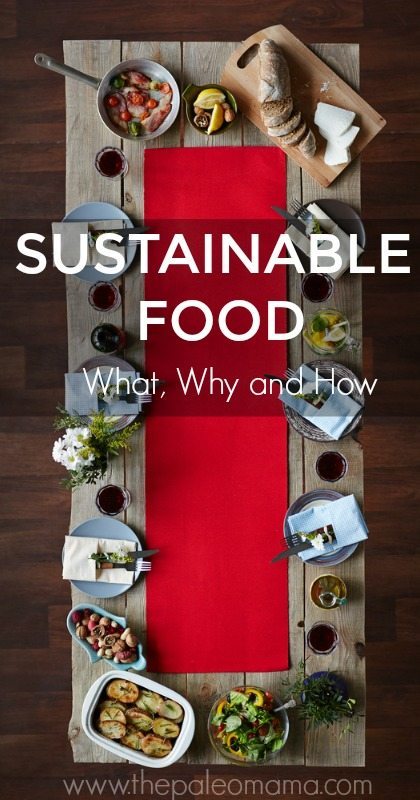Wow! I am honored that my wife, Jackie, has given me the opportunity to talk about my experience with taking charge of my healthcare and finding my natural way to heart health!
Well, she didn’t need to persuade me much, I am a sucker for her and will do most anything she asks.
My Story of Genetic High Cholesterol:
So, let’s first start the story about my family, because this plays a HUGE role in your health. I am not talking about how you were raised or even what you ate. (Although, those are important!). What I am saying is that your GENETICS play a huge role in your health.
For me, I am from Mediterranean descent, mainly Italy and other areas (according to 23andme). With that being said, I discovered my capability to have high cholesterol.
My father passed away from a myocardial infarction (MI), aka heart attack at the age of 56! Yes, you read that right, 56! Well, I was still in college at the time – actually playing a video game when I got the call from my next-door neighbor. Found out, my father was rushed to the hospital where they tried multiple times for at least 20 minutes to resuscitate him. Unfortunately, his time drew near.
It seemed that the drive home, which was only about 1 and a half hours away, took years to get there. Once there, I saw my father’s body and I realized I didn’t get the chance to say goodbye.
But, he did leave me with some wisdom: that although there are footsteps to follow with him, my health was a footstep that I would avoid in how he lived.
Overcoming Genetic High Cholesterol Naturally with the Paleo Diet
So, fast-forward a decade later. I am a Paleo eating, essential oil witchcraft using, herbal remedy taking, correct supplement using follower of natural health. Oh yeah, I am also a certified Physician Assistant, although I say that because I have had the opportunity to learn and practice medicine which has validated all of the personal decisions I have made regarding my health.
If you are a person struggling from cholesterol issues or other cardiovascular issues: THERE IS HOPE! What I need you to do is realize that time is not on our side. What I mean is that it is imperative that you change for the better NOW, not later, because we do not want to change when it is too late. That was the case for my father; he went years not paying attention to his diet, staying active, or other positive choices. He did start losing weight, but within 6 months, he was deceased.
That is the sobering truth.
Where to Start:
So, where to start? Well, your nutrition is foundational. We really are the old mantra of “we are what we eat.” It is true now more than ever. We put “foods” into our bodies with little understanding of how that food was raised or practices in place to get it to the marketplace. Additionally, the pesticide generation of farmers are finding out the hardline costs of their own practices the hard way: by paying out money for lawsuits.
But – what else did I do?
Enter, The Paleo Cardiologist, Dr. Jack Wolfson. He is the author of The Paleo Cardiologist: The Natural Way to Heart Health. He is also a board-certified Cardiologist and half of the team, The Drs. Wolfson. Yes, you read that right: he has a partner in his journey. That partner is his wife, a practicing Chiropractor that helped Dr. Jack realize the importance of natural and preventative health.
Dr. Wolfson’s book changed me. It is 17 chapters of great value, providing the real rationales about common misconceptions about heart health and management here in the United States. Ultimately, we pay too much money for medications and unnecessary procedures. He finishes his book with a list of great supplements to consider for health and his recommendations for blood labs to consider as well.
I took notes during ALL 17 chapters. I spoke with my physician and started looking really hard into my health. And after 3-5 years, I can tell you that I have never felt better. At 40, I feel like I am in my teens again (yes, Jackie will still tell you how immature I can be). My focus is vastly improved, I have trimmed in weight, and most importantly, I don’t get winded playing with my children!
If you are interested in listening to a podcast I did with Dr. Wolfson, then click here!
Let me share with you 5 changes that I made starting in my journey:
- Get your lab numbers and dive into what they mean (highest priority)
- Then, start some supplements and practices that will benefit your health!
- Eat clean foods and healthy meats (buy organic whenever possible or from a local farmer – ask them what they’re practices are!)
- Get outside, get plenty of sun and great sleep!
- Drink clean, fresh water daily
- Have an accountability partner!
I highly recommend getting your mind wrapped around natural health and taking charge to improve it!
You have nothing to lose, everything to gain. Your family, friends, and others are depending on you: live the live that you have always desired!
Here’s to your best health,
Frank
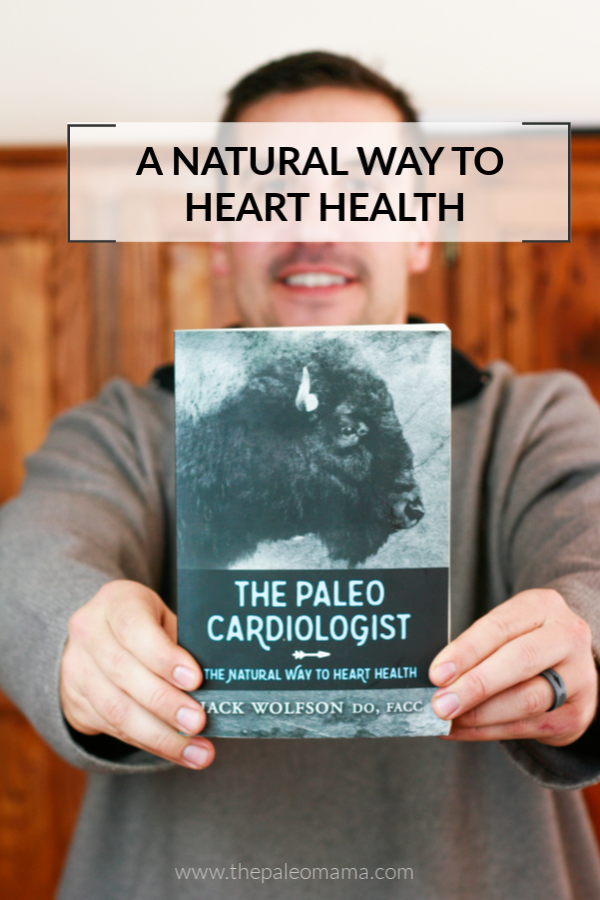
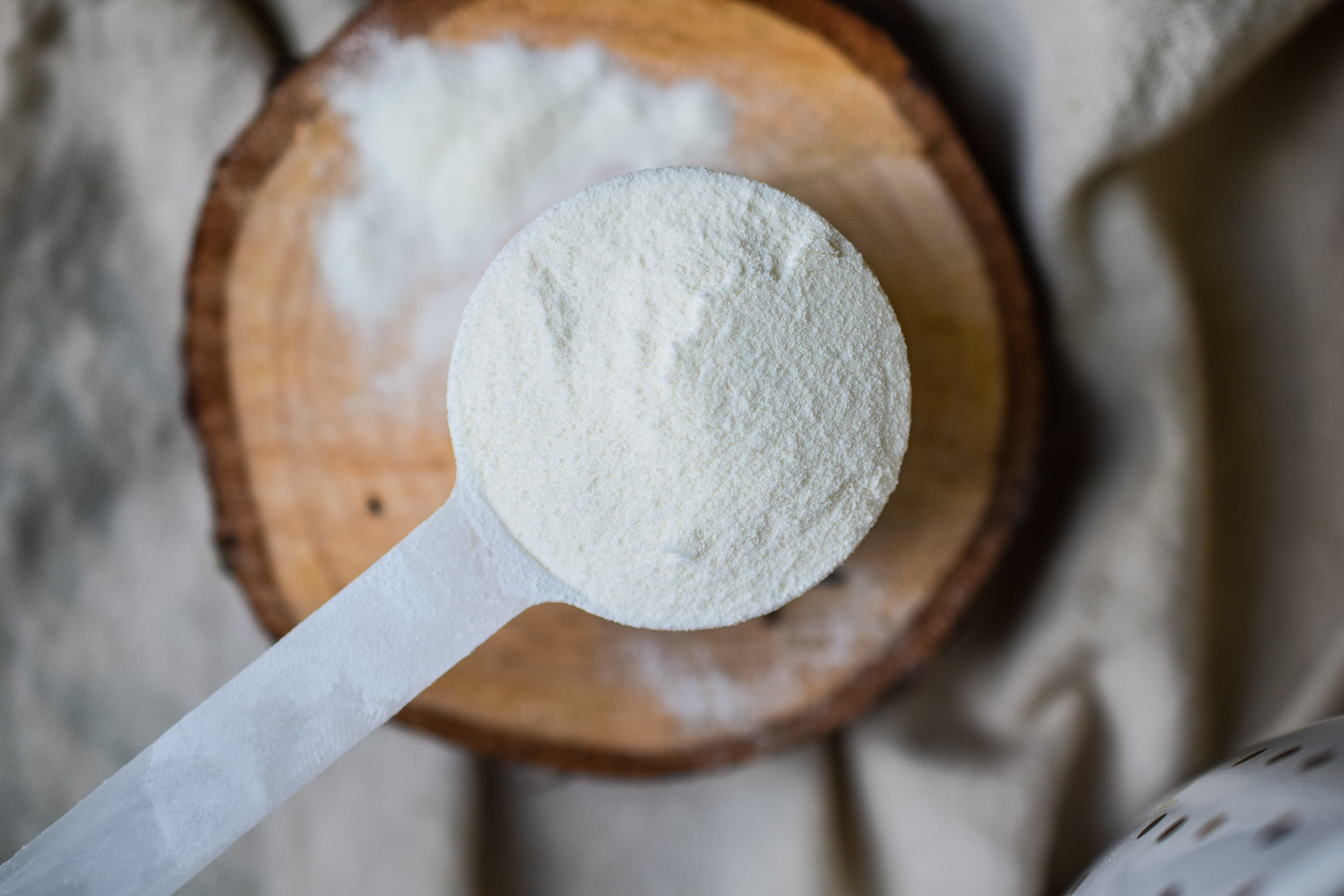
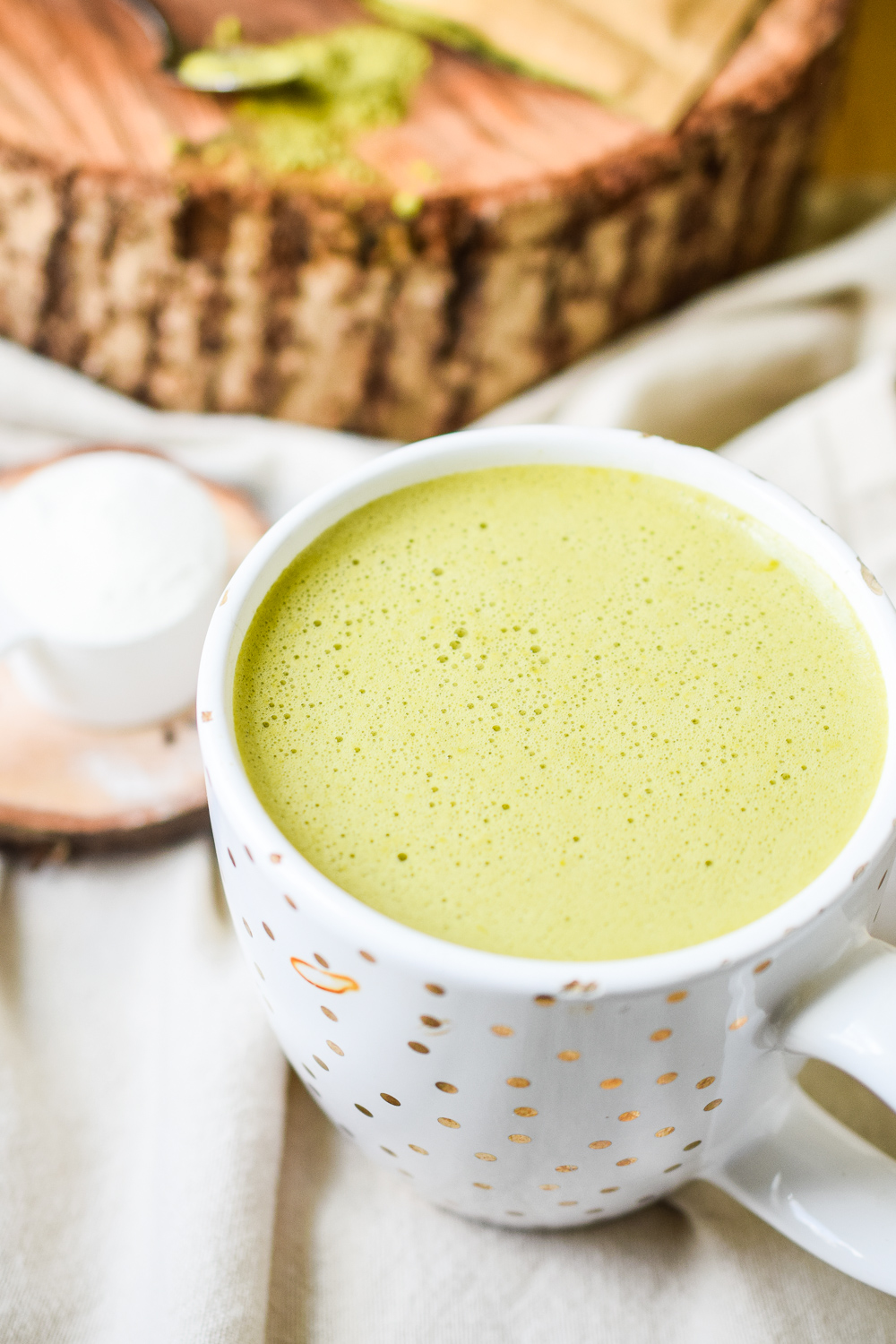

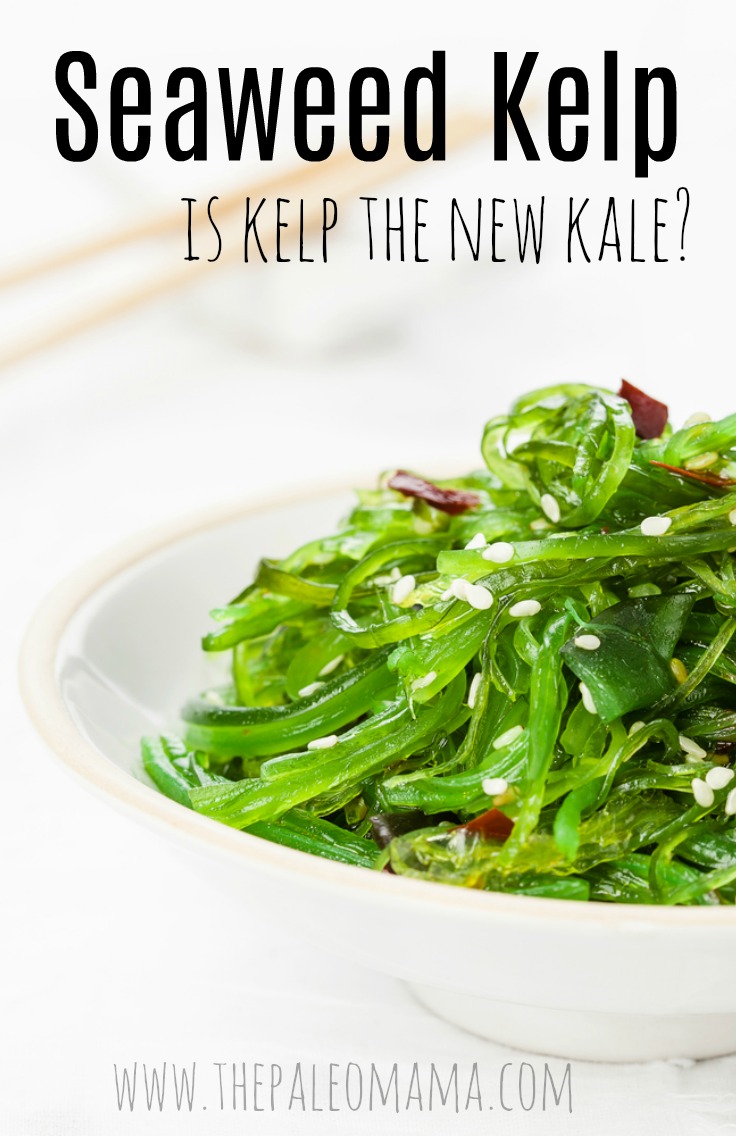
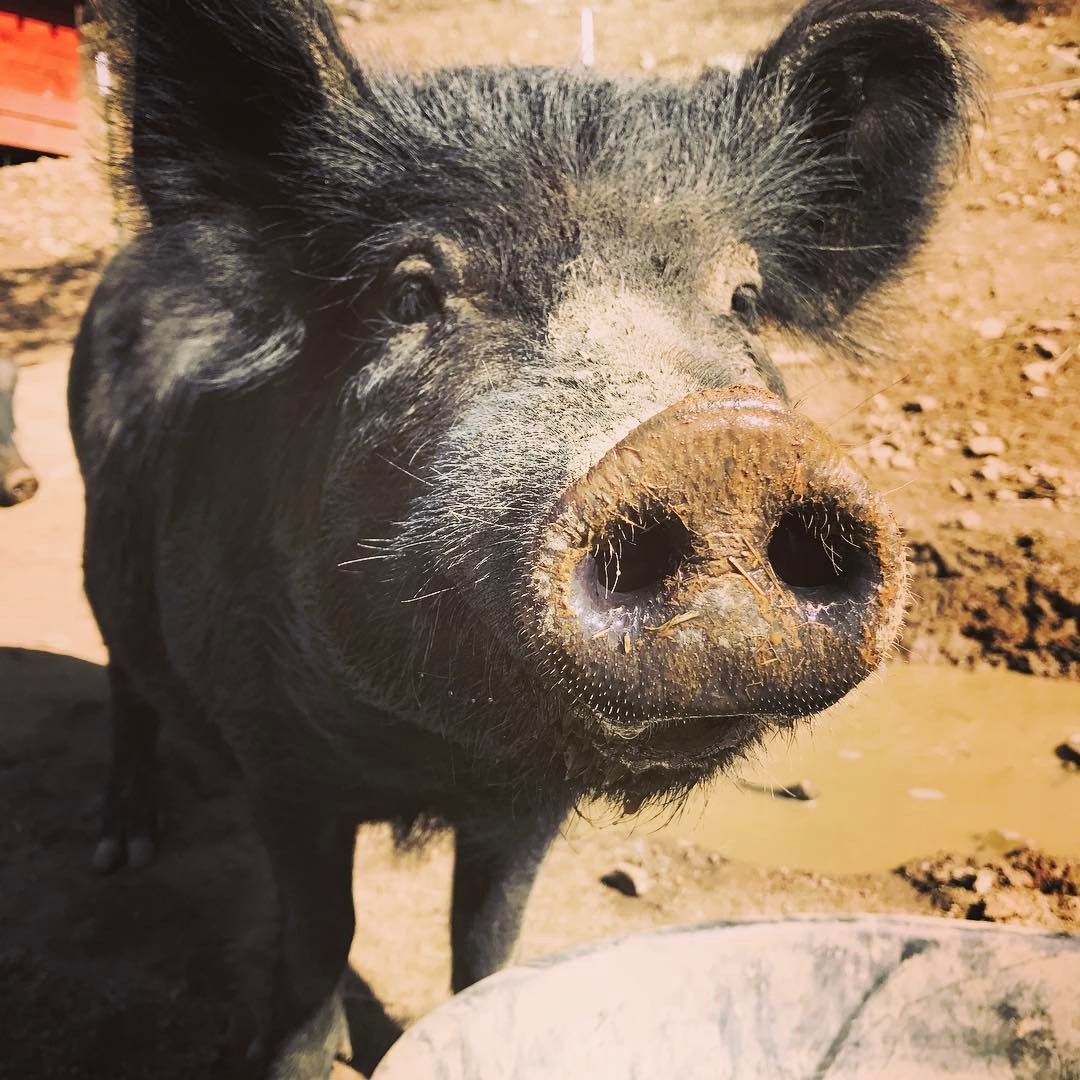

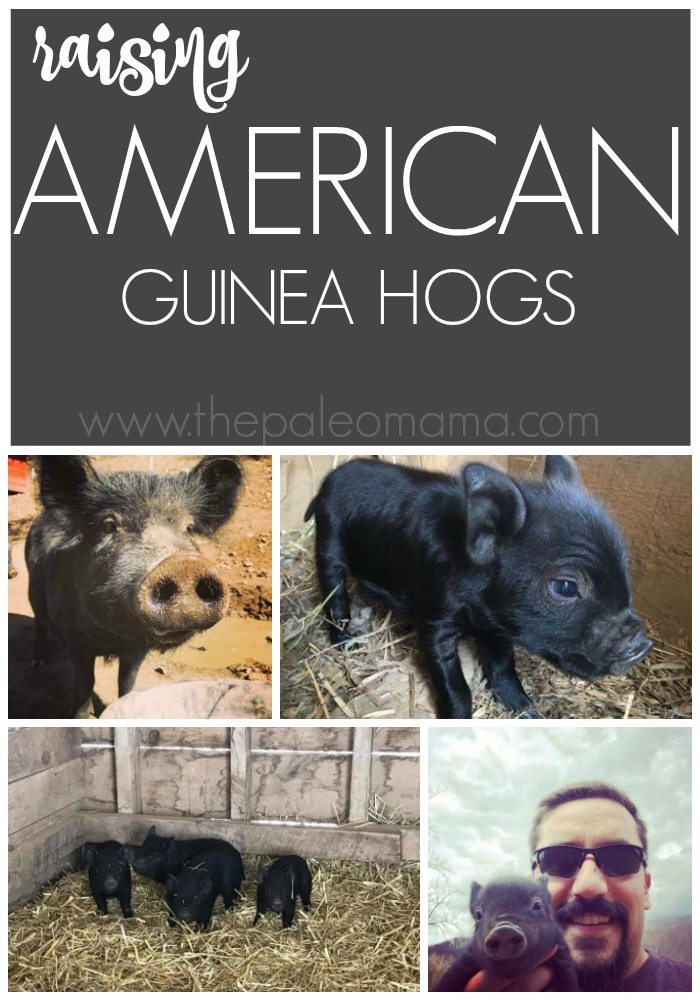
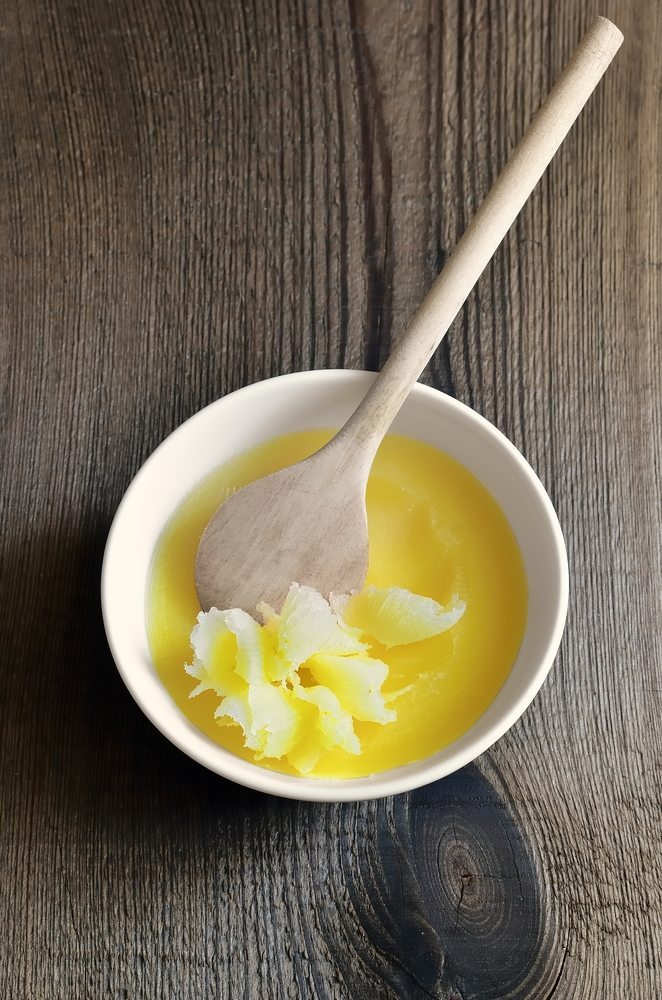
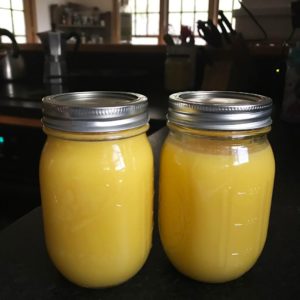
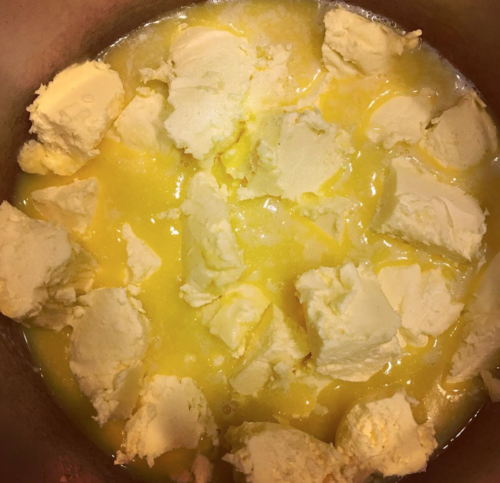
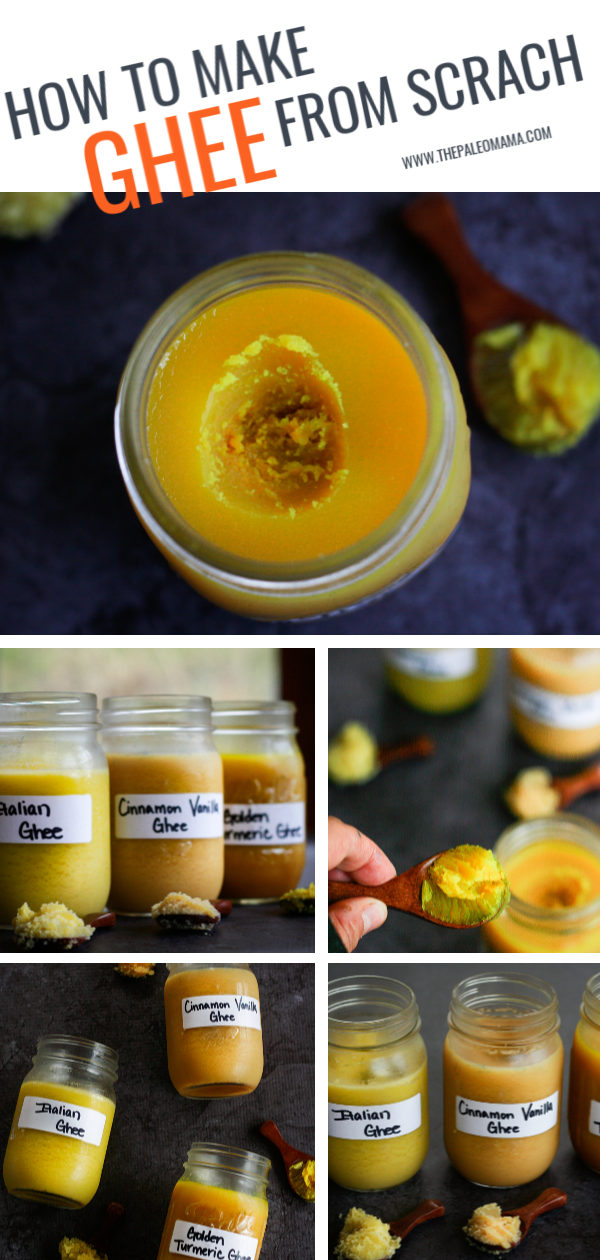
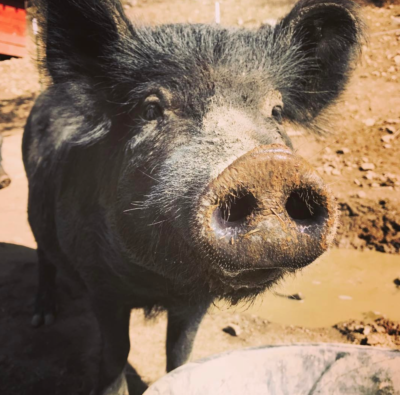 You may wonder why learning to eat more sustainably really matters. There seems to be so many things we’ve done already to eat healthier food. We’ve tried to limit the amount of processed foods we buy so we can eliminate toxins, chemicals, and GMOs from our diets. We started concentrating on shopping the foods around the outside shelves in our supermarkets, rather than the inside aisles where heavily processed foods are found. We’ve begun to concentrate on buying organic foods whenever possible, even though they are often more expensive. We’ve even started buying some of our food at local farmer’s markets and food co-ops. Is the even deeper step into sustainable eating really all that important?
You may wonder why learning to eat more sustainably really matters. There seems to be so many things we’ve done already to eat healthier food. We’ve tried to limit the amount of processed foods we buy so we can eliminate toxins, chemicals, and GMOs from our diets. We started concentrating on shopping the foods around the outside shelves in our supermarkets, rather than the inside aisles where heavily processed foods are found. We’ve begun to concentrate on buying organic foods whenever possible, even though they are often more expensive. We’ve even started buying some of our food at local farmer’s markets and food co-ops. Is the even deeper step into sustainable eating really all that important?
